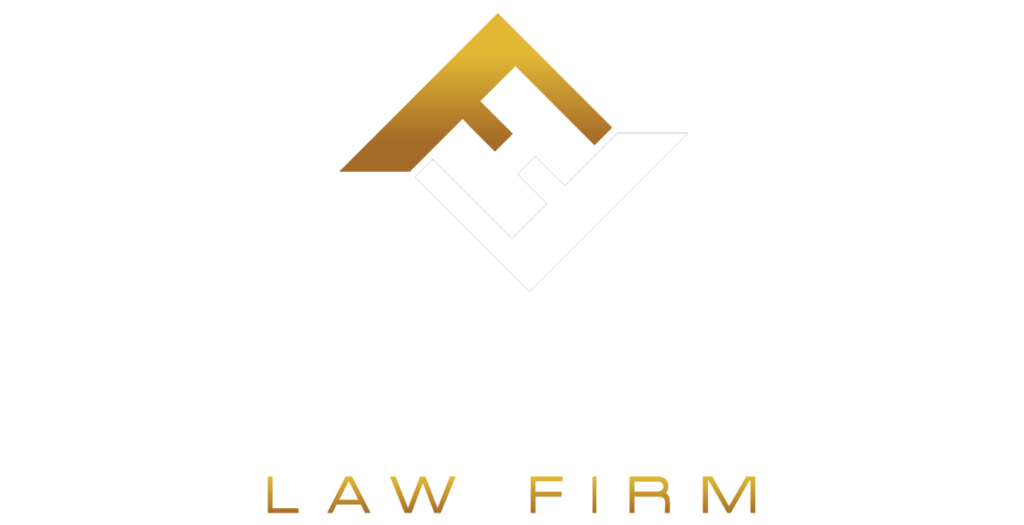Get Clear Answers to Your
Legal Questions
At Hartunian Law Firm, we understand that dealing with personal injury cases can be overwhelming.
You may have questions about your rights, the legal process, and what to expect when filing a claim.
That’s why we’ve compiled this comprehensive FAQ section to provide straightforward answers to the
most common legal concerns.
If you don’t see your question listed here, feel free to contact us for a free consultation.
You see this phrase on many personal injury lawyers' sites. “No recovery, no fee” is a universal way of saying that if we do not obtain compensation for you by way of a settlement or verdict, you do not owe your attorney a fee. We also call this a contingency fee, in which the lawyer's fee is contingent on the outcome of your case. The contingent fee allows you to hire a lawyer without being required to pay anything up front. If you think you have a case, contact us for a free consultation. You will pay nothing until we win your case.
In general, “negligence” is when someone else, be it a person or company, commits some form of wrongdoing by acting in a careless or reckless manner concerning your safety and well-being. A prime example is texting while driving, running a red light as a result, and injuring a pedestrian in the crosswalk. If you, as a pedestrian, are texting as you walked across the street you would bear part of the blame if you are hit, even by a distracted driver. “Comparative negligence” considers each party's blame for the accident. If you were 5% at fault, for example, your compensation is reduced by five percent. Comparative negligence is the law in California.
Everyone is responsible for their actions. For you as a plaintiff to get the maximum award, your lawyer would need to show that the defendant owed you a duty of care, breached this duty, and caused your accident, and as a result, caused you damage.
The statute of limitations determines the amount of time you have to file a personal injury complaint in court. Statutes of limitations for different types of cases differ from state to state and depend on the area of law. For example, medical malpractice cases have a one-year statute of limitations both in California and Nevada whereas most personal injury cases are two years, but there are exceptions.
In certain circumstances, the law account extends the time to file, such as delayed discovery, when the facts of the case did not come to light earlier, if the injured person was under age 18 at the time of the accident, or if the person who caused the accident was out of the state for a time. If you were injured, it is important to call me as soon as possible to make sure the limitation period does not expire. We want to file your case as soon as possible to get you compensation earlier.
It depends on the severity of the injuries and the complexity of the case. Some cases can settle within a few months, while others can take several years. The bigger the case, the longer it takes to resolve, but this depends upon whether fault is disputed and whether the injuries are disputed versus where everything is clear cut and undisputed. Some large cases can settle quickly if there is no reasonable dispute as to who is at fault and what injuries are suffered by the plaintiff.
1️ Call 911 – Report the accident and request medical assistance if needed.
2️ Seek Medical Attention – Some injuries manifest later, so it’s crucial to get checked.
3️ Gather Evidence – Take photos, collect contact details, and document the scene.
4️ Avoid Admitting Fault – Do not discuss fault with the other party or insurers.
5️ Speak to an Attorney – Legal guidance ensures you receive fair compensation.
Should I talk to the insurance company?
No. Insurance adjusters may attempt to minimize your claim. Let us handle all communication to protect your rights.
Typically, compensation is paid for past medical bills, future medical bills, past lost wages, and future lost wages. In addition to these amounts. You can also recover damages for pain and suffering, inconvenience, stress, loss of consortium, and in some cases punitive damages. Pain and suffering are considered general damages which also include recovery for the mental anguish, physical pain, and emotional distress. Our firms will work with you to determine the full extent of damage that your case merits.
Get a Free Consultation
Contact Us
to make it through a tough time and emerge victorious.
-
Palm Desert
73101 Hwy 111, Suite 4, Palm Desert
CA 92260
760-575-5555 -
Los Angeles
2121 Avenue of the Stars 8th Floor
Los Angeles 90067
310-552-0007 -
Office Hours
Monday - Friday
09:00 AM - 05:00 PM
injured@hartunianlaw.com

The Hartunian Law Firm provides legal
services to clients injured from
vehicular accidents, bicycle, truck, or
other negligent circumstances.
Palm Desert
-
73101 Hwy 111, Suite 4
Palm Desert, CA 92260 - 760-575-5555
Los Angeles
-
2121 Avenue of the Stars,
8th Floor, Los Angeles CA 90067 - 310-552-0007

